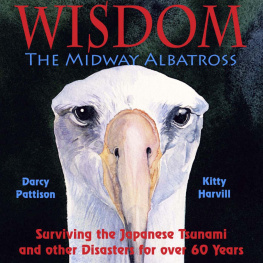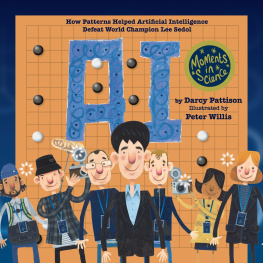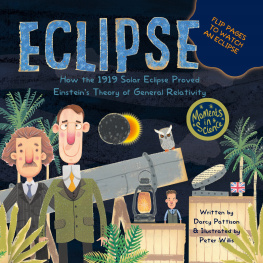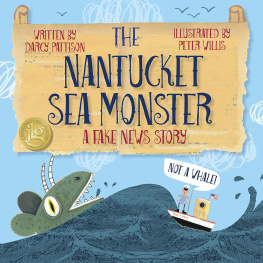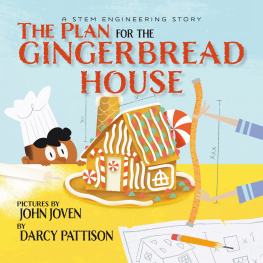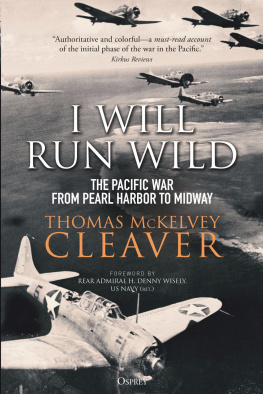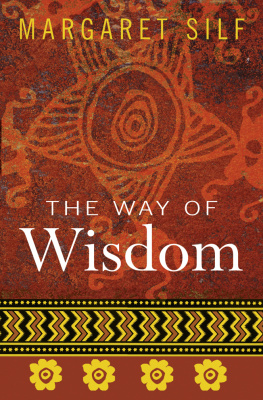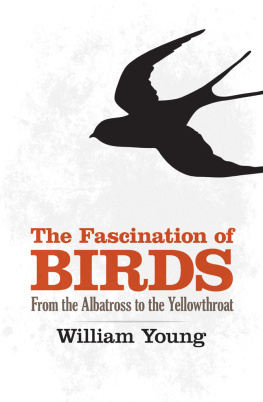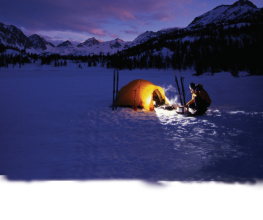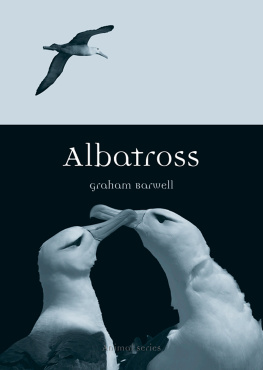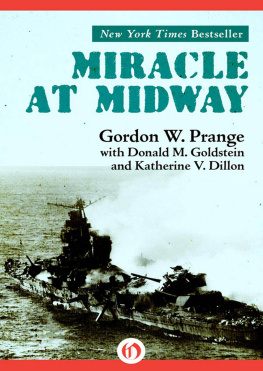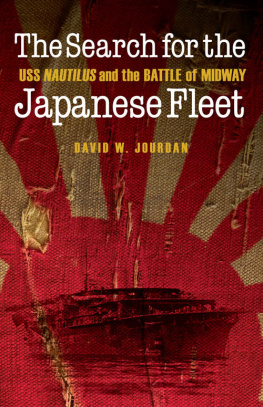
Wisdom
The Midway Albatross
Darcy
Pattison
Kitty
Harvill
Surviving the Japanese Tsunami
and other Disasters for over 60 Years

Wisdom, the Midway Albatross:
Surviving the Japanese Tsunami
and other Disasters for over 60 Years
Text copyright 2012 Darcy Pattison
Art copyright 2012 Kitty Harvill
All rights reserved.
JNF003270 JUVENILE NONFICTION / Animals /
Endangered
JNF003030 JUVENILE NONFICTION / Animals /
Birds
EPub: ISBN 9780979862182
Paperback: ISBN 9781493742196
http://albatross.darcypattison.com
Mims House
1309 S. Broadway
Little Rock, AR 72202
USA
ISBN-13: 978-1-68444-324-6 (e-book)
Synched Read-Along Version by:
Triangle Interactive LLC
PO Box 573
Prior Lake, MN 55372

Kitty Harvill
Dedicated to albatrosses and seabirds everywhere.
Darcy Pattison
For my grandchildren and their grandchildren.
Acknowledgments
anks to Pete Leary, Wildlife Biologist, Midway Atoll
National Wildlife Refuge, Papahnaumokukea Marine
National Monument for his help in this project and for his
excellent photography, which is the basis for much of the
watercolors here. We also thank these photographers for the
use of their work as reference material: John Klavitter, David
Patte, Brenda Zuan, and Michael Lusk.

M any
years ago , on the tiny Midway
Atoll in the heart of the Pacic Ocean,
a wild chick hatched. She was a gooney
birda Laysan Albatross. e crowded,
noisy rookery could be a dangerous place.
Many chicks would not live long enough to
learn to y.

Somehow, Gooney survived.

When it was time to migrate, Gooney was
gone for a long time. For five or six or
seven or eight years, she soared.
When she was hungry, she swooped down
to land on the waves to eat.
She liked squid best, but she wasnt picky.
And always while eating,
she watched the water because sharks liked
to eat goonies.

Somehow, Gooney survived.

One day in 1952, while Gooney
was still a youngster soaring
over the open ocean,
an earthquake hit Kamchatka,
Russia and a tsunami
sped across the Pacific Ocean,
to crash against the shores of
Midway Atoll and Hawaii.
If she noticed the huge wave,
it didnt bother her.

Gooney just flew
above the tsunami.
This time, it was easy to survive.

Finally, after years of soaring,
Gooney ew south
in search of love.
In about 1956,
she landed back
on Midway Atoll.

There, in a noisy
courtship dance,
she mated.

Soon aft er, Gooney laid an egg.
She didnt squawk or call. She just sat.
Nothing could make her move
off the nest until her mate
came back from fishing.
She didnt move
for Navy men
who sailed in
submarines or
flew in airplanes.
She didnt move
for airplanes
or trucks
or carts.
She just
sat.

Thats when a research scientist, Chandler
Robbins, caught her and banded her on
December 10, 1956. If she was caught again, the
metal leg band would identify her for scientic
study.

Gooney didnt care about the metal band
on her leg. Soon, she and her mate were too busy
soaring out to sea and coming back to regurgitate
squid to feed the chick.
Finally, when the weather
grew warm, the family flew north.
Gooney and her mate ate and migrated and soared
and raised a new chick each year or so. Thunder-
storms came and went.
Tropical storms came and went.
Hurricanes came and went.
Every year,
more of Gooneys rookery mates
were gone, lost to the wild.
By the time she was
twenty, she had outlived
eighty-seven percent of her rookery mates.

Somehow, Gooney survived.

Eating was always dangerous
for Gooney, but by the 1960s,
it became even more dangerous.
Sitting on the waves and fishing, many
Laysan Albatrosses
started to eat plastic.
Some ate plastic and ate plastic
and ate plastic until
their stomachs were so full
that no food would fit:
they starved to death.

